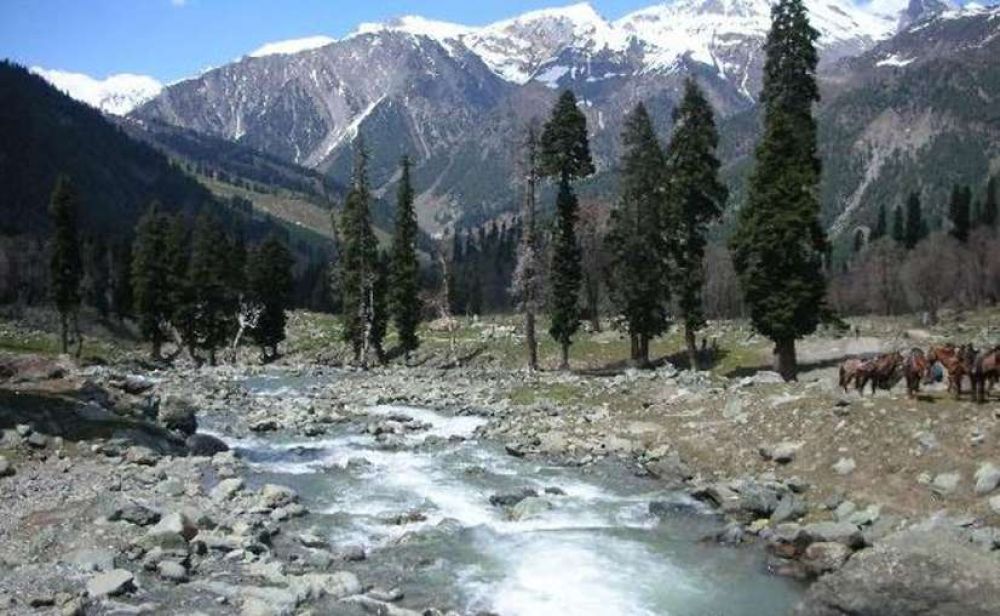

Nestled amidst the towering peaks of the Himalayas in Uttarakhand, India, Hemkund Sahib is a prominent Sikh gurdwara and pilgrimage site. It is located near the Hemkund Parvat (also spelled Hemkunt, which means "Lake of Snow"), a serene lake that lies at an altitude of 4,329 meters (14,202 feet) above sea level. The site's history and significance are deeply intertwined with Sikh tradition and the life of Guru Gobind Singh, the tenth Sikh Guru.
According to Sikh history, it is believed that Guru Gobind Singh meditated on the shores of the glacial Hemkund Lake in his previous birth. It is stated in the Sikh holy scripture, the Dasam Granth, that the site's sanctity is linked to his deep spiritual experiences. For many centuries, however, the exact location of Hemkund was unknown and was subject to interpretation and myth.
The discovery and establishment of Hemkund Sahib as a religious site can be attributed to the tireless efforts of Sohan Singh and Madho Singh, who in the early 20th century endeavored to locate the sacred place mentioned in the scriptures. Their dedication led to the identification of the present site of Hemkund Lake and the subsequent construction of the gurdwara.
Over the years, the area has developed into a major pilgrimage destination, attracting thousands of visitors annually. The infrastructure has been developed to support this influx, including the establishment of trekking paths, lodging facilities, and the coordination of langar (free community meals provided in Sikh gurdwaras).
The trek to Hemkund Sahib is quite arduous, given its high altitude and rugged terrain. Consequently, the gurdwara is open to pilgrims only for a brief window of time between late May or early June and the beginning of October when the snow has melted, and the passage is relatively safe. The path to Hemkund Sahib starts from the town of Ghangaria, which is also the base camp for another popular trek to the Valley of Flowers National Park, a UNESCO World Heritage Site.
In recent years, ecotourism has become a significant focus in the area to maintain sustainability and to protect the delicate ecosystem of the Himalayas. Efforts have also been made by various organizations and the government to regulate the number of visitors and ensure that environmental norms are followed.
Another key trend has been the use of technology to facilitate tourism at Hemkund Sahib. From advanced online booking systems for accommodations to apps that provide weather updates and navigation, technology has enhanced the experience for pilgrims and trekkers.
Highlighting the spiritual significance, stunning natural beauty, and the serene atmosphere, Hemkund Sahib continues to be a beacon of faith and a testament to human perseverance in the face of nature's majesty and challenge.